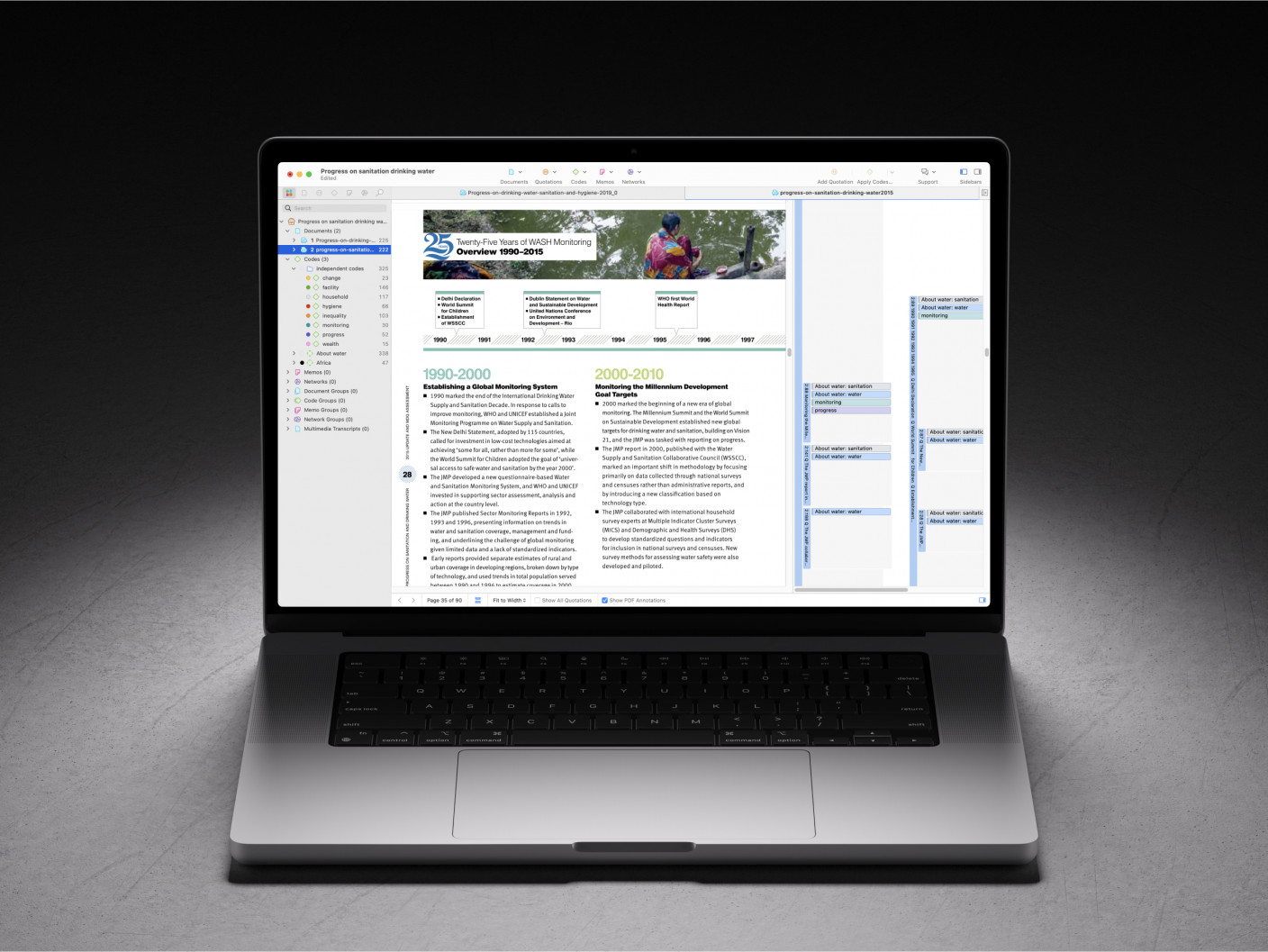How do descriptive reviews differ from other reviews?
How do descriptive reviews differ from other reviews?
Descriptive literature reviews, when compared to narrative reviews and systematic reviews, have distinct purposes and methodologies. A narrative literature review offers a comprehensive synthesis and interpretation of a particular topic and also presents an interpretative account of the research developments, key themes, and influential works.
In contrast, a descriptive literature review systematically and comprehensively summarizes existing literature on a specific topic, focusing on cataloging and summarizing findings without critical evaluation. They also differ from systematic reviews by being less methodologically rigorous and not needing to meet pre-specified criteria to answer a specific research question.
How to conduct a descriptive literature review?
The process of conducting a descriptive literature review involves several key steps:
- Define the research question: The first step in conducting a descriptive literature review is to clearly define the research question or specific topic you aim to address. This involves articulating a focused and well-defined scope that will guide the entire review process. The research question should be specific enough to narrow down the vast body of literature to a manageable and relevant set of studies.
- Develop a search strategy: The next step is to develop a comprehensive search strategy to identify relevant literature. This involves selecting appropriate databases and sources such as PubMed, Google Scholar, and JSTOR. You will need to identify specific keywords and phrases related to your topic and create combinations of search terms to ensure you capture a wide range of relevant studies. A well-planned search strategy is crucial for covering all pertinent literature.
- Conduct the literature search: With a search strategy in place, conduct a thorough literature search. Use the predefined keywords and databases to locate relevant studies. It is important to include both seminal works and recent studies to provide a balanced perspective. Documenting the search process meticulously is essential for ensuring the review’s reproducibility and transparency.
- Screen and select studies: After gathering a broad set of literature, evaluate which studies are related to your research question and thus worth including in your review. This step involves evaluating the relevance and quality of the literature based on abstracts and, where necessary, full texts.
- Organize the literature: Once the relevant studies have been selected, organize them thematically, chronologically, or methodologically. Grouping similar studies helps create a coherent structure for the review. This organization aids in logically synthesizing the literature, making it easier to identify trends, patterns, and gaps.
- Summarize and synthesize findings: The next step is to summarize and synthesize the key findings from the selected literature. This involves providing a descriptive summary of each study’s main findings, methodologies, and contributions. Identify trends and patterns in the literature, as well as any gaps that exist. Unlike other types of reviews, a descriptive literature review focuses on summarizing the literature without necessarily critically evaluating or interpreting the studies.
Conclusion
Descriptive literature reviews play a crucial role in organizing and synthesizing research evidence in a research paper. Descriptive reviews provide a clear and comprehensive overview of the existing literature by compiling peer-reviewed articles and focusing on providing a clear description, rather than interpretation, of the findings. Literature review approaches such as a meta-analysis, systematic review, or critical review follow stringent methodological criteria while descriptive reviews focus on summarizing qualitative research in a structured manner. This approach is particularly valuable in the literature review section of a research paper, as it contextualizes research questions and highlights key trends and gaps in the literature. Through this method, researchers can effectively guide future studies and provide a solid foundation for further inquiry, ensuring a thorough and insightful examination of the topic.

